Rediscovered: long-lost racing footage is the history that F1 forgot
Like Indiana Jones, Steve Rider and his small team at Racing Past Media are hunting for treasure – decades-old racing video gold. He tells Adam Hay-Nicholls about his project

Jonathan Bushell
Motor racing fans have enjoyed a bounty of insightful documentaries of late, often brimming with rarely seen footage from bygone eras. One marvels at the skill and bravery of the drivers, but think of the poor archivists and editors! Talk about an endurance race; decades of film to track down and trawl through, and dozens of different rights owners to pin down. Just as a grand prix ends with a chequered flag, your contract with a broadcaster has a deadline. Making retro racing docs can be a grim and painful slog to the finish line.
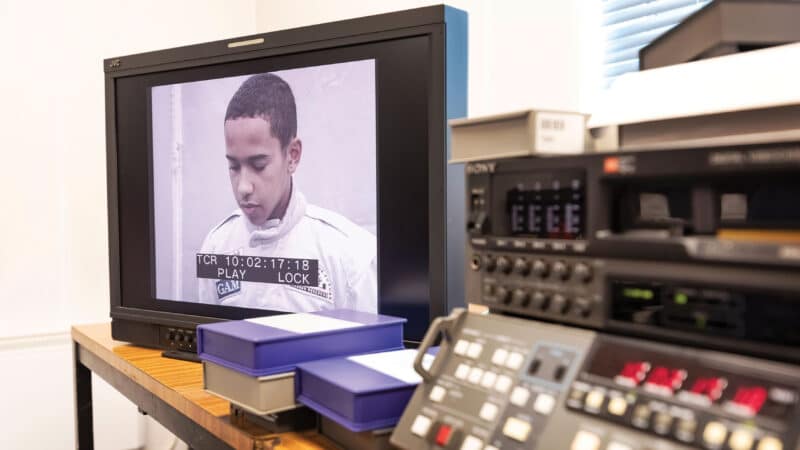
Rediscovered film includes a pre-teen Lewis Hamilton.
Jonathan Bushell
Steve Rider understands this, and can ease the path to a BAFTA-soaked production podium. The veteran sports presenter, who has anchored live television events for nearly 50 years, has also made his fair share of motor racing documentaries and profiles, most recently his series Legends of F1 for Sky. Rider, along with a TV producer (Malcolm Clinton, formerly of Channel 4, Sky and ITV’s F1 coverage), a director (Alex Roger, who helmed Steve McQueen: The Lost Movie) and an archivist (Drive to Survive’s Richard Wiseman), has set-up Racing Past Media (RPM) which has sourced a portfolio of both raw footage and programming from the first 30 years of the Formula 1 World Championship, cleaning and digitising it and uploading it online for anyone who wishes to view it, and acting on behalf of the rights owners when film-makers want to use clips. They’ve sought to simplify and speed up the jigsaw-making process.
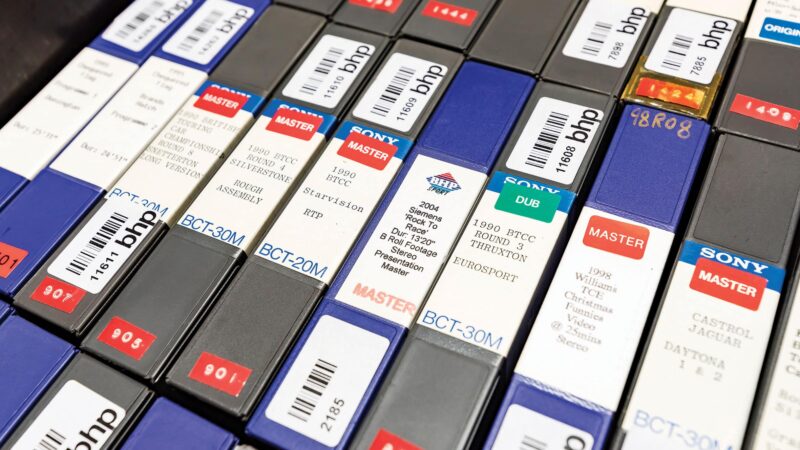
BTCC footage from 1990
Jonathan Bushell
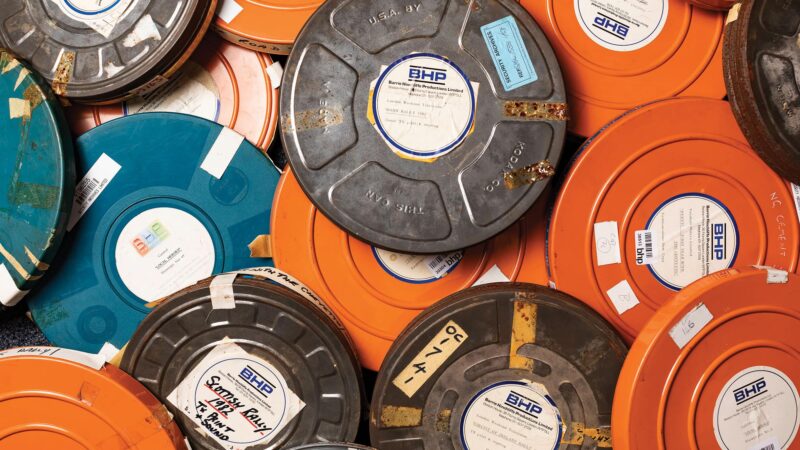
Barrie Hinchliffe reels, 1982
Jonathan Bushell
RPM has either acquired or is brokering the rights to the archives of ITV Sport, Barrie Hinchliffe Productions (BHP), Formula One Films, the John Tate collection, the von Trips collection and the BP Castrol film library. Other archives are on course to follow, including that of BRM. Right now, on mediahub.racingpastmedia.com, there are dozens of videos but the uploads are set to ramp up significantly as F1 approaches its 75th anniversary celebrations. Already you can view some incredible programming, from a 1959 tribute to Fangio narrated by Raymond Baxter and colour highlights of 1960s and 1970s grands prix, to Clive James’s amusing coverage of F1’s early attempt to harness the glamour of Las Vegas in 1981 and a wonderful Whicker’s World from 1972, documenting ‘The Doghouse Club’, as the coterie of drivers’ WAGs – Bette Hill and Helen Stewart among them – were known at the time.
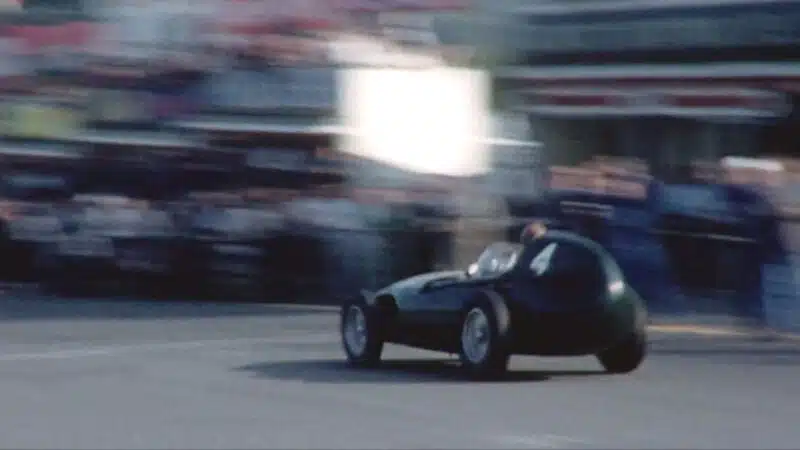
Much of the quality of filmed footage from the early days of Formula 1 is astoundingly crisp and give a Drive to Survive-like insight into the goings-on in the paddock
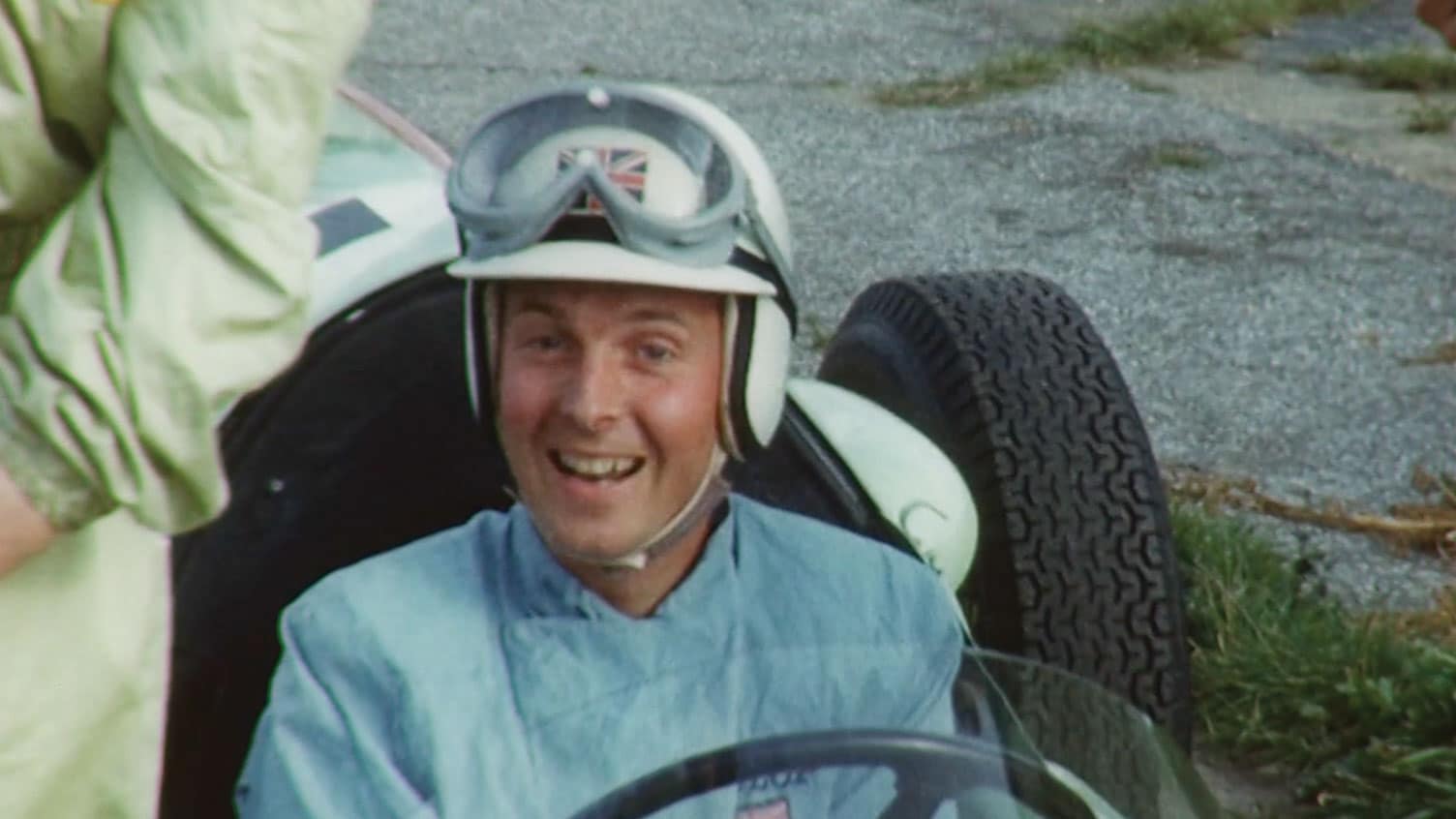
Rider and his team have unearthed footage not even the broadcasters knew existed. “This is the first time that such a body of material has been put together in one place that covers the first 30 years of Formula 1,” explains Steve, who fronted F1 coverage for both the BBC and ITV, as well as other motor sports (he counts BTCC as his favourite). “The material we’re dealing with has always existed in isolation, but now it’s being gathered together. Richard Wiseman, who is the master of the art of archiving, went away and identified as much material as possible. For all the technical limitations of broadcasting back then, there were film cameras and the quality is often excellent, particularly that of the Castrol productions and John Tate’s content. It’s so dynamic and so graphic. It mightn’t compare technically to what F1 produces today, but it has a feeling of its era.”
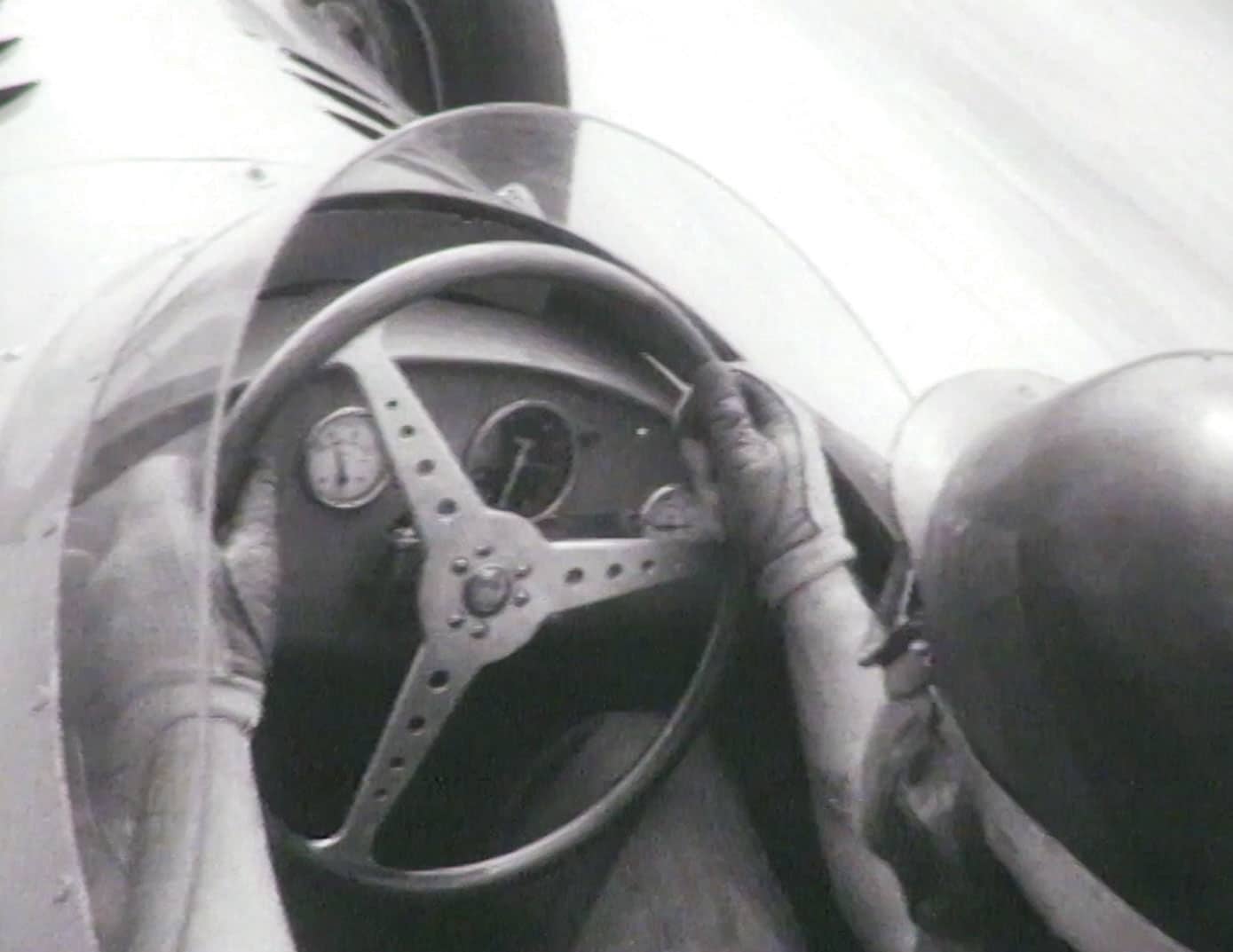
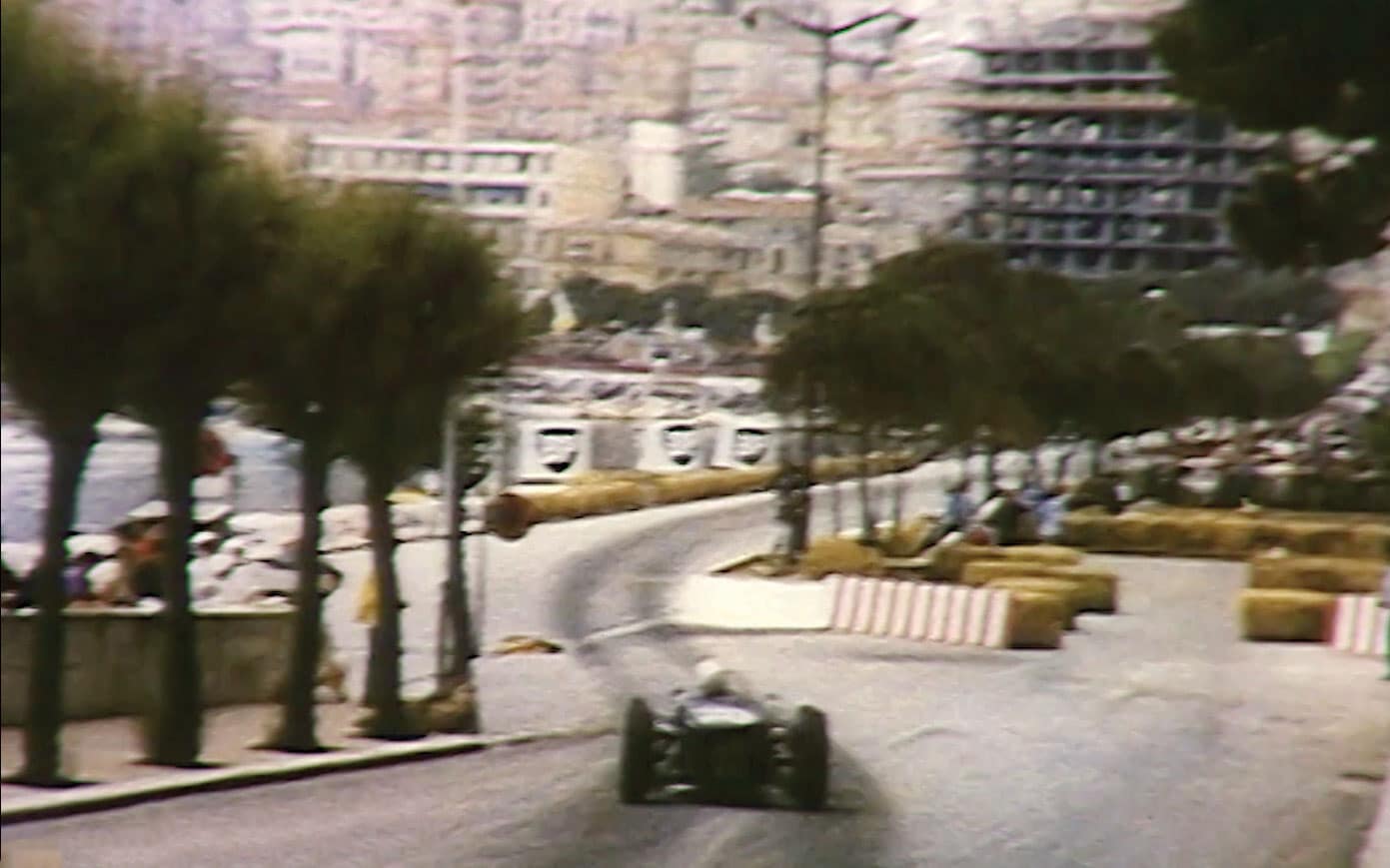
Among Steve’s favourites to have been unearthed so far is a programme that was ahead of its time, called The Time Between. “It’s the story of grand prix drivers from the moment the chequered flag falls to the start of the next race; what they get up to in that week or two in between. You’ve got Graham Hill and Dan Gurney larking about; it’s full of humour and insight. I love stuff like this. After all, Drive to Survive has underlined F1 doesn’t begin and end with what happens on track. There’s also 70mm coverage of the 1962 Monaco Grand Prix, which is just insane. It’s like it was shot yesterday. Another piece of gold we’ve acquired is the only coverage of the 1976 British Grand Prix at Brands Hatch [in which James Hunt beat Niki Lauda to the finish line and was subsequently disqualified]. Barrie Gill and Andrew Marriott [of Formula One Films] were the only crew there. That was such a pivotal moment in the Hunt-Lauda season. Their rivalry and chemistry, and the atmosphere that was captured at Brands Hatch that day, eventually, to my mind, led to the television revolution where you had BBC Grand Prix and Bernie Ecclestone, and everything was off and running.”
“ITV did a lot of coverage of F1, but the regions did even more”
Seventy-five years after the F1 world championship came into being at Silverstone on May 13, 1950, this is an opportune time to highlight all the pivotal moments and characters that have come since, especially as a new generation of fans flock to the sport, eager to take history lessons. “We’re making this amazing material available to a wider audience just as everyone is taking an interest in how it all began,” agrees Rider. He, Roger and Clinton worked together on Legends of F1, the 20-part retrospective shown on Sky Sports F1 that featured icons including Jack Brabham and Emerson Fittipaldi. “The frustration was that the pre-1980 archive appeared very limited. There was an assumption that little existed, beyond whatever Pathé had. Of course, we knew there was footage out there, but the problem was tracking it down, establishing the rights and so forth. Any project covering that era would take 18 months to two years to put together. If you’re on a fast turnaround production, like a documentary that needs delivering in the next six weeks, it’s unworkable. So that’s why we set about bringing it all together in one place. We’re identifying as much material as possible and making it accessible and exploitable at speed.”
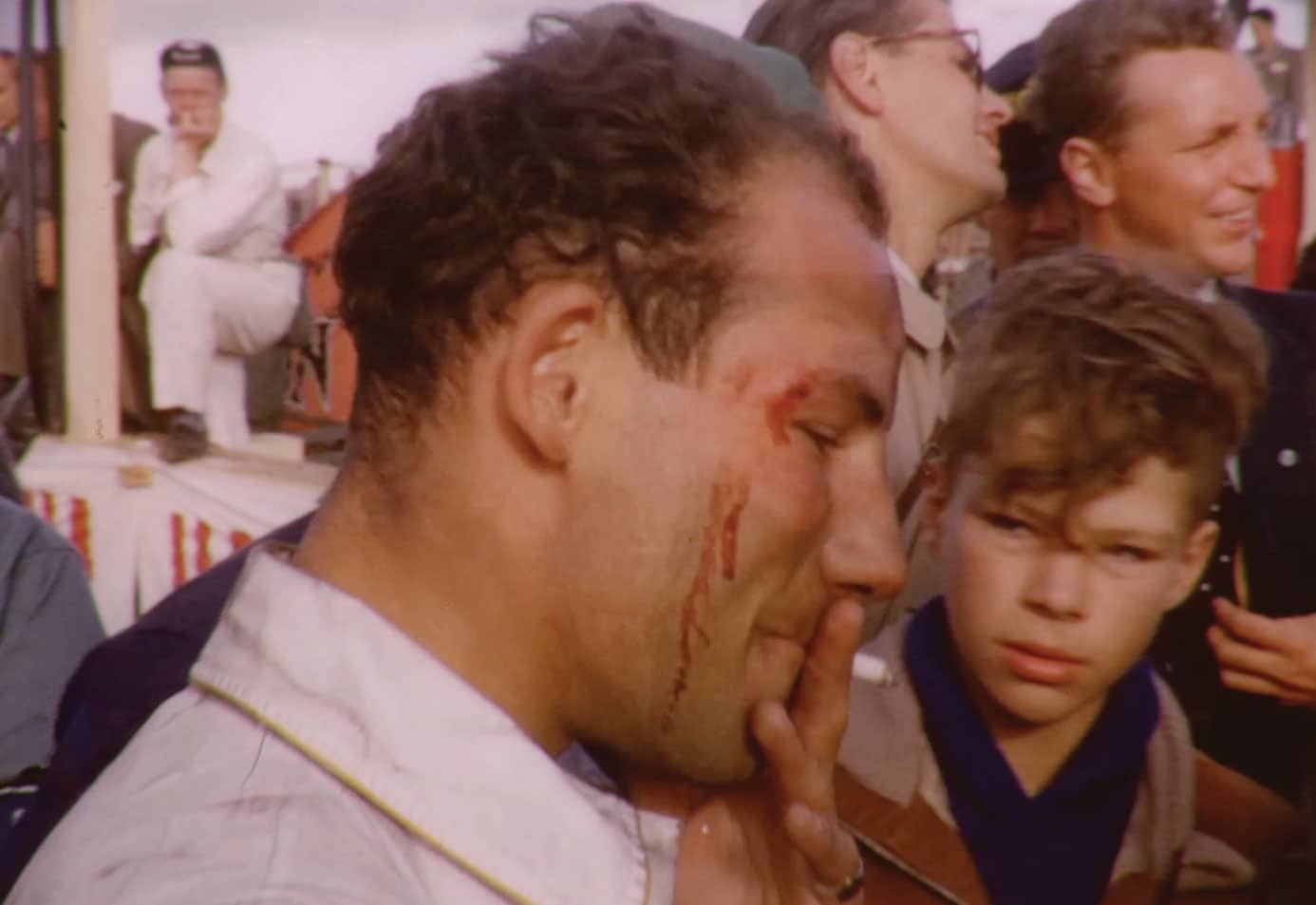
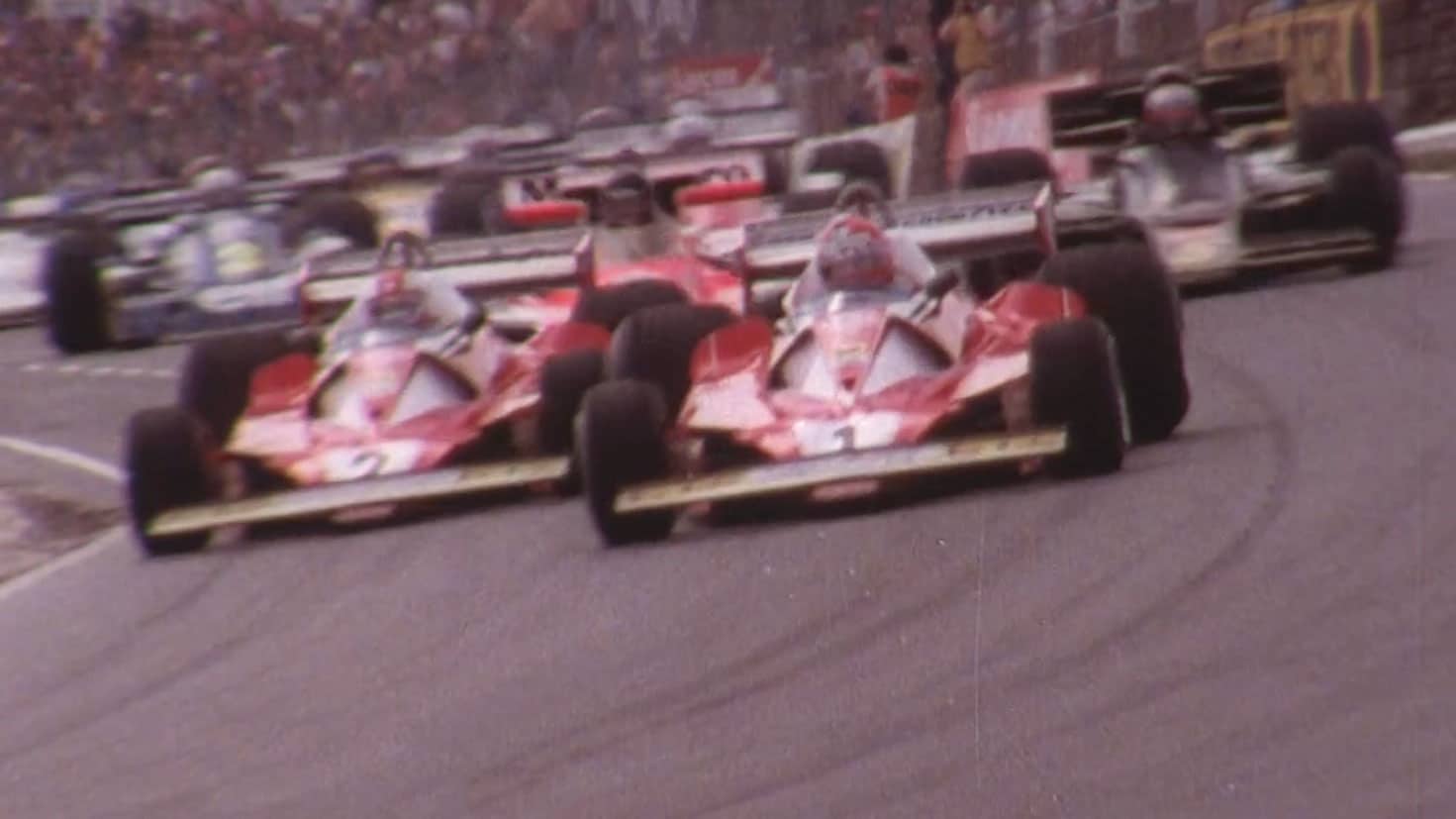
Steve himself features in some of the footage that’s been uploaded, dating back to 1978. “ITV itself did a lot of network coverage of Formula 1, but the regions did even more. And that’s where I grew up, working at Anglia Television with Lotus down the road. The material that exists at that level hasn’t, until now, been properly researched and made available. Our film from Monza in 1978; that was a very sombre weekend. It was almost inevitable that Lotus would win the title, so Colin Chapman invited us to go and be part of the team and make a nice little 10-minute film for regional television about how an F1 team works, to be shown on the Monday evening. Then on Sunday Ronnie Peterson had his fatal accident. Anglia was appropriately sensitive, and it sat on the shelf for a couple of months. It was finally broadcast without being too sensationalistic about the [championship] outcome. That was my entry point into the sport. You couldn’t fail to be enthusiastic about the TV potential of F1 with those sorts of people.”
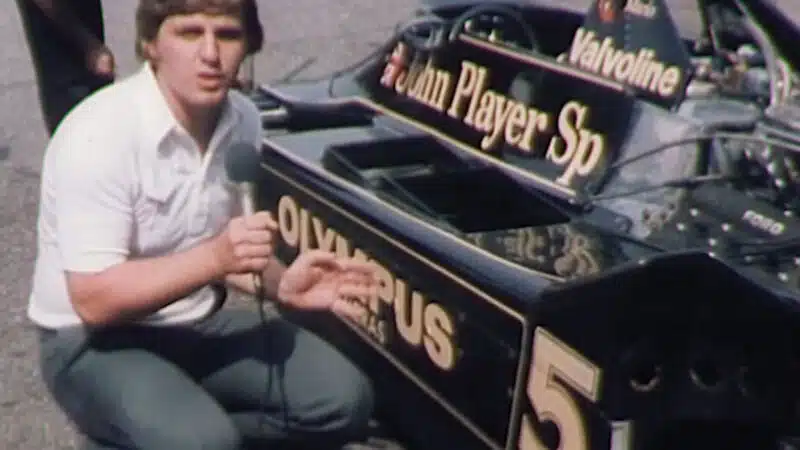
Even Rider himself appears in some of the clips, here reporting for Anglia Television about Lotus’s challenge for the 1978 Formula 1 world title
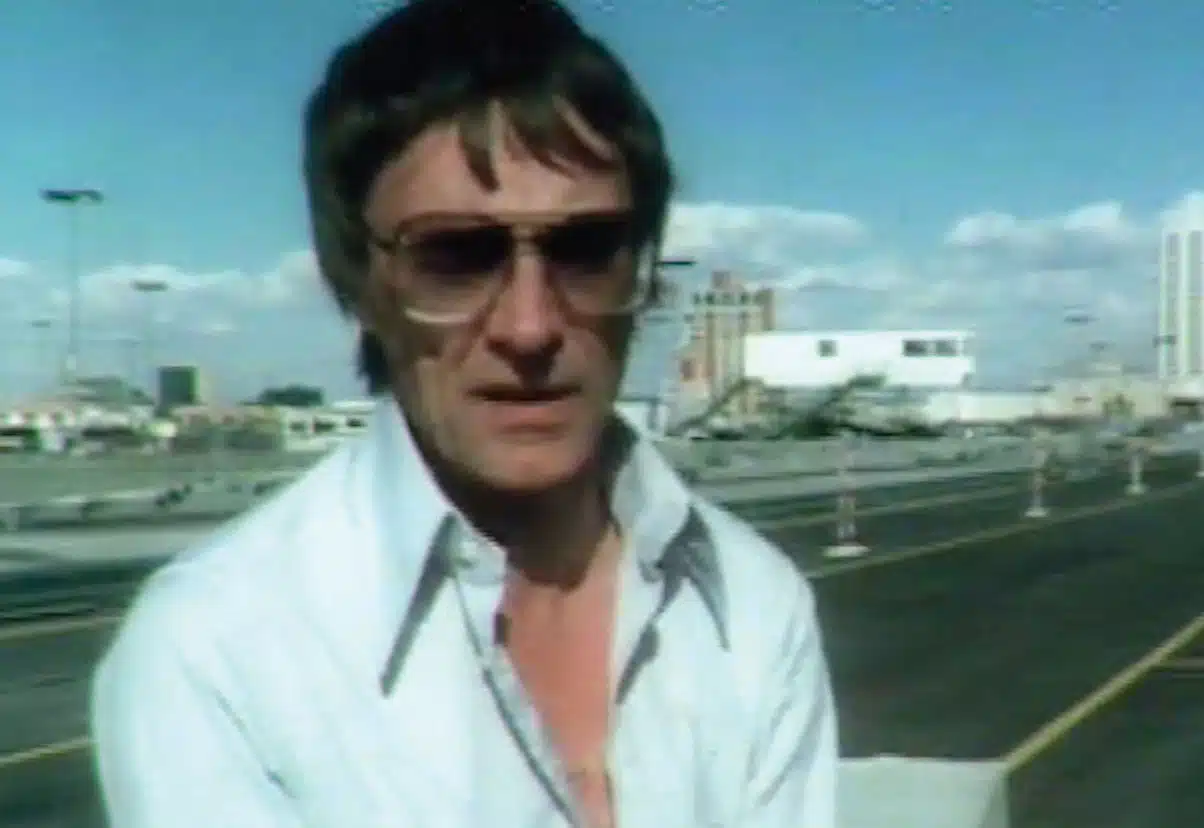
Rider’s own highlights reel – for better or worse – includes linking to Grandstand live from Imola in 1994 (“a weekend I’ll never forget”), through to closing ITV’s F1 coverage in Brazil in 2008 with Lewis Hamilton winning his first world title. He was also involved with some of the footage in the BHP archive. “I worked with dear old Barrie [Hinchliffe] for a number of years. There was a lot of artistry and craft, but never a great deal of organisation. We were offered the BHP archive when we started this project, and I wasn’t expecting much. I remember the chaos of that place. You could never find anything! We found the archive in a lorry container in Guildford, argued a bit about the price and eventually bought it. It turned out to be the foundation of everything we’re doing. There’s sensational rally coverage, and footage of Lewis Hamilton aged 12 at the McLaren factory which we found at the bottom of a box, rushes from which have never been seen.
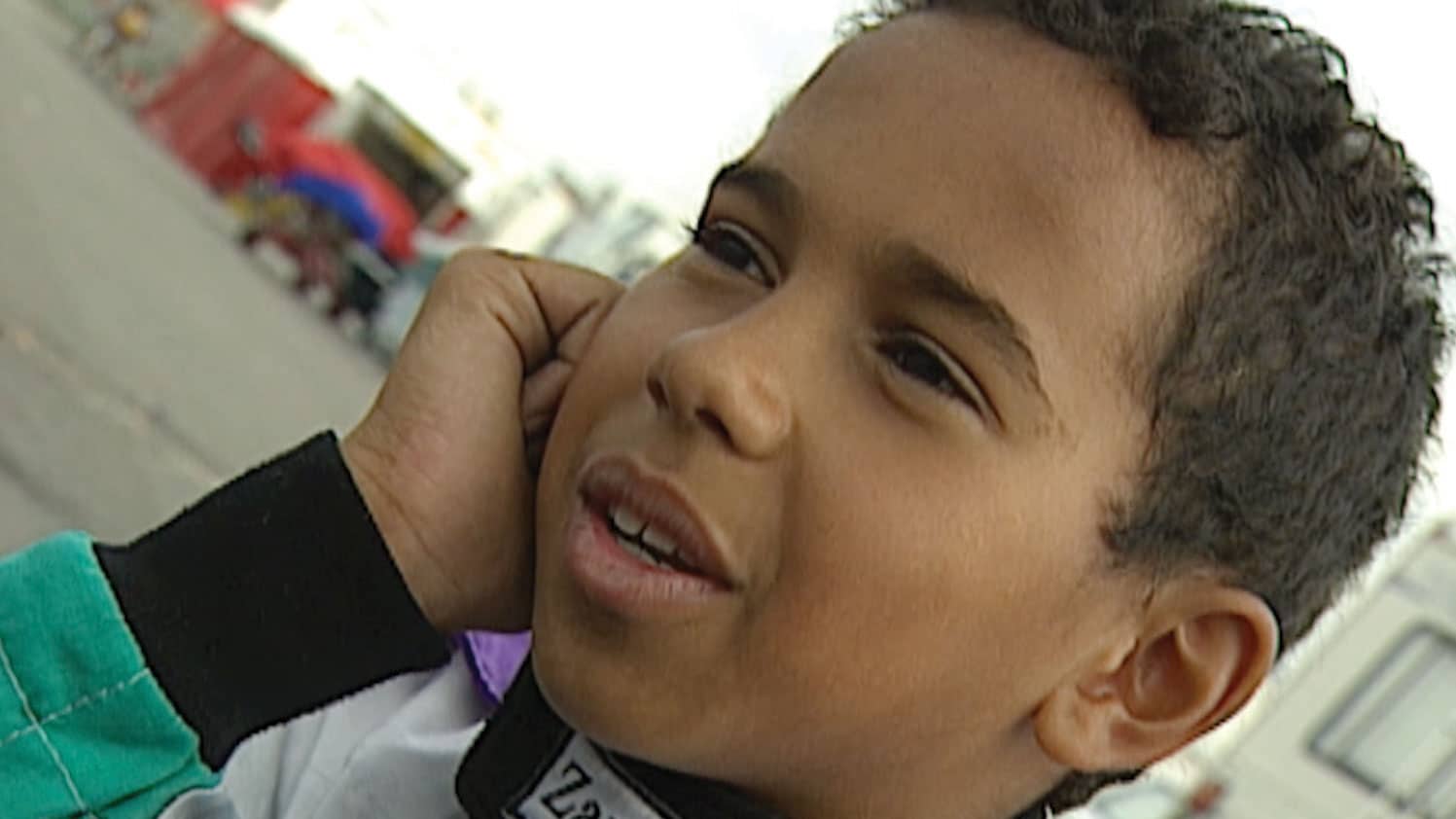
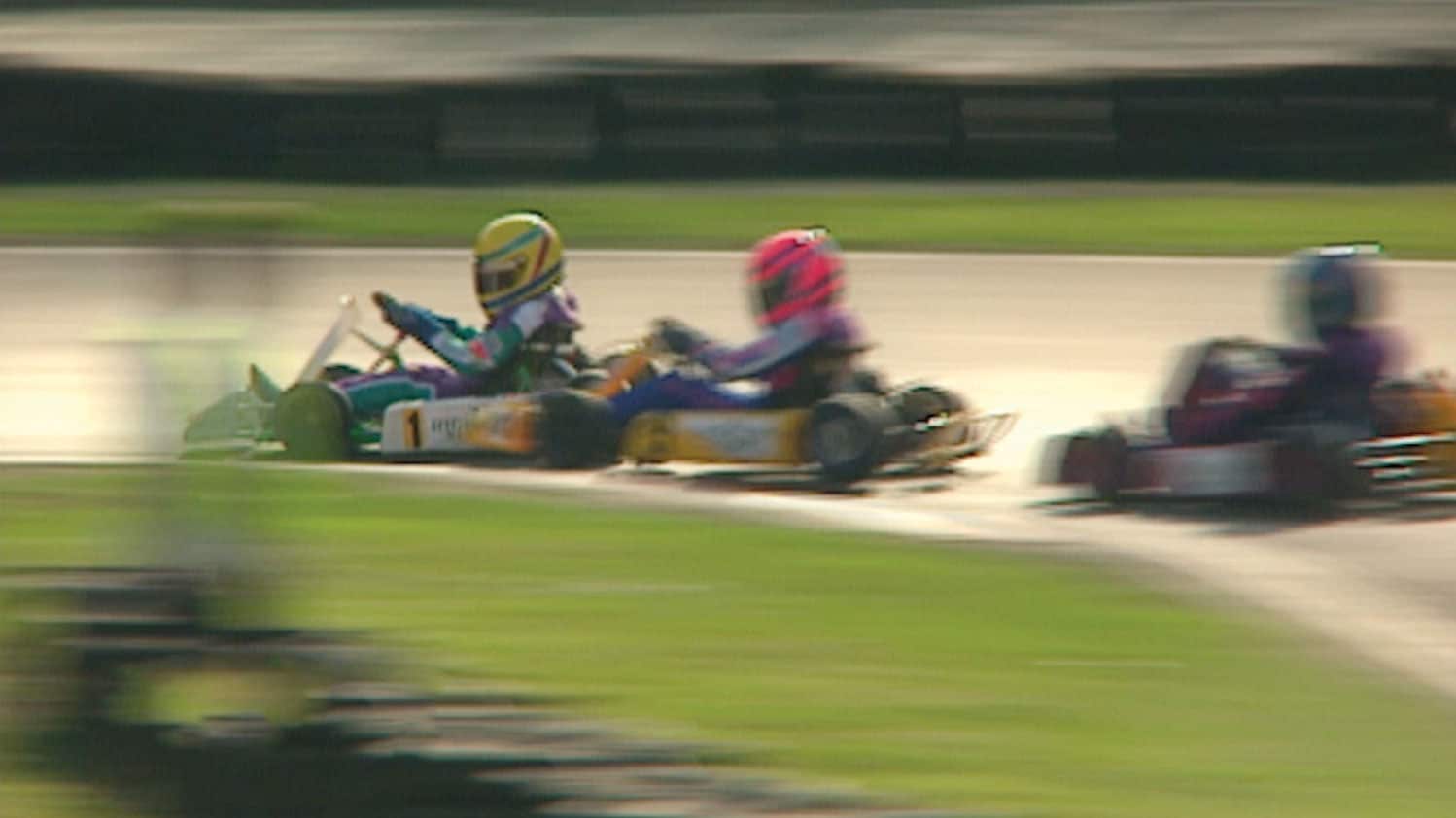
A tough nut to crack is the BBC archive. “I spent the majority of my career with the BBC, and it’s frustrating,” says Steve, who is in ongoing discussions with ‘Auntie’, “that an organisation with such vast and valuable content needs so much persuading to be able to recognise that and deliver it for public consumption. But we’re getting there. We’ve only been talking for five years, and you can’t expect anything overnight with the BBC. Once they come on board, our content will double in size and range and be absolutely fantastic.
“The most exciting opportunity is the one that’s developing with BRM. They had 86,000ft of film in storage in the Midlands, which took some legal and practical gymnastics to extract. It covers the end of the ’50s right the way through the ’60s, and I don’t think there’s another archive that covers the era in such detail.”
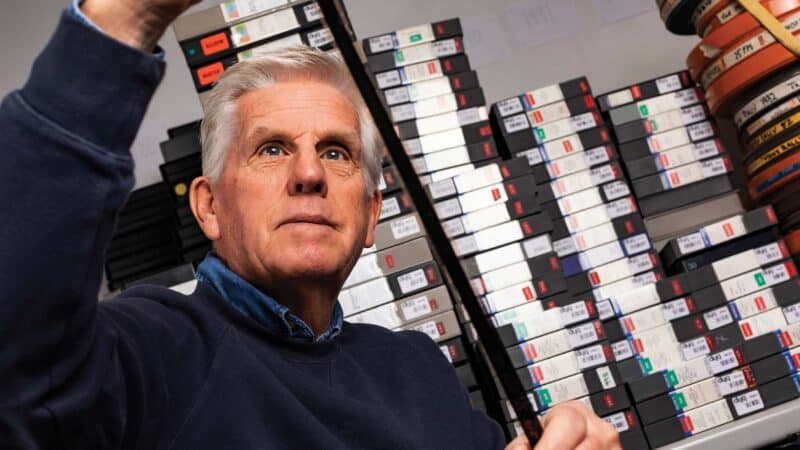
Rider’s aim is to make rediscovered footage available to documentary makers – some of which has never been seen by the public before
Jonathan Bushell
With much of the archives, the emphasis is on the faces and activity in the pitlane and paddock. “It’s that kind of personality F1 coverage which is what the sport is about these days,” notes Rider. “The whole thing has come full circle. We have a black-and-white Bruce McLaren documentary made by ITV. I showed it to [McLaren team principal] Zak Brown, and he just said, ‘This is Drive to Survive from the 1960s!’ That’s another ITV didn’t know they own. Finally, these organisations are waking up to the fact that what they possess in terms of public record is money in the bank. The material can tell the story of the personalities and the humour and colour of eras gone by to new generations. We’re having a lot of fun putting it together.”